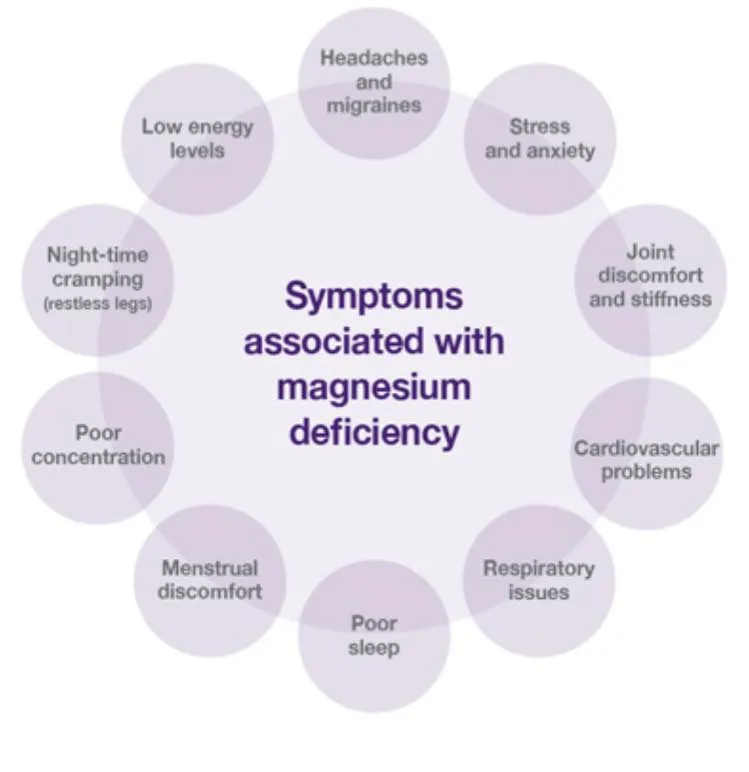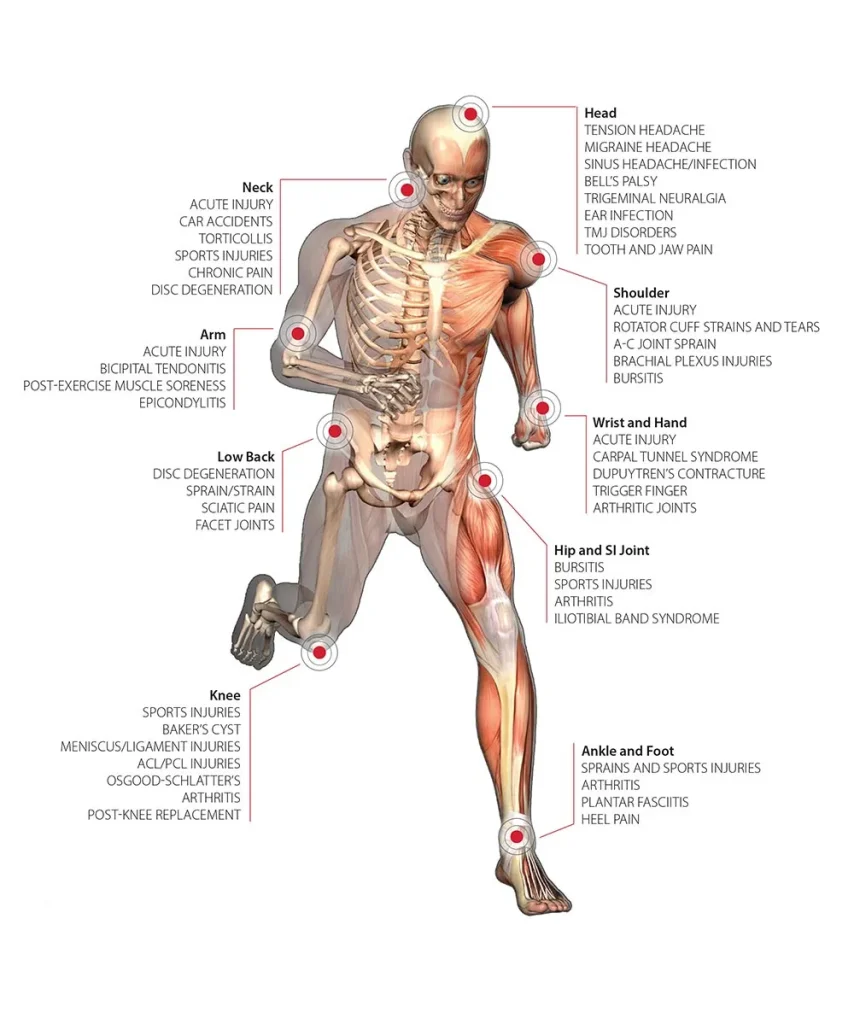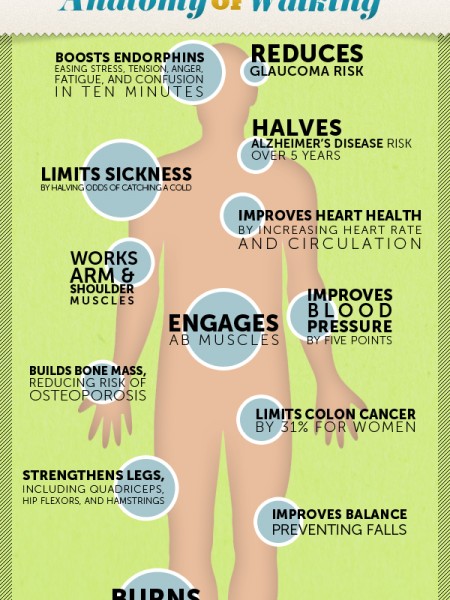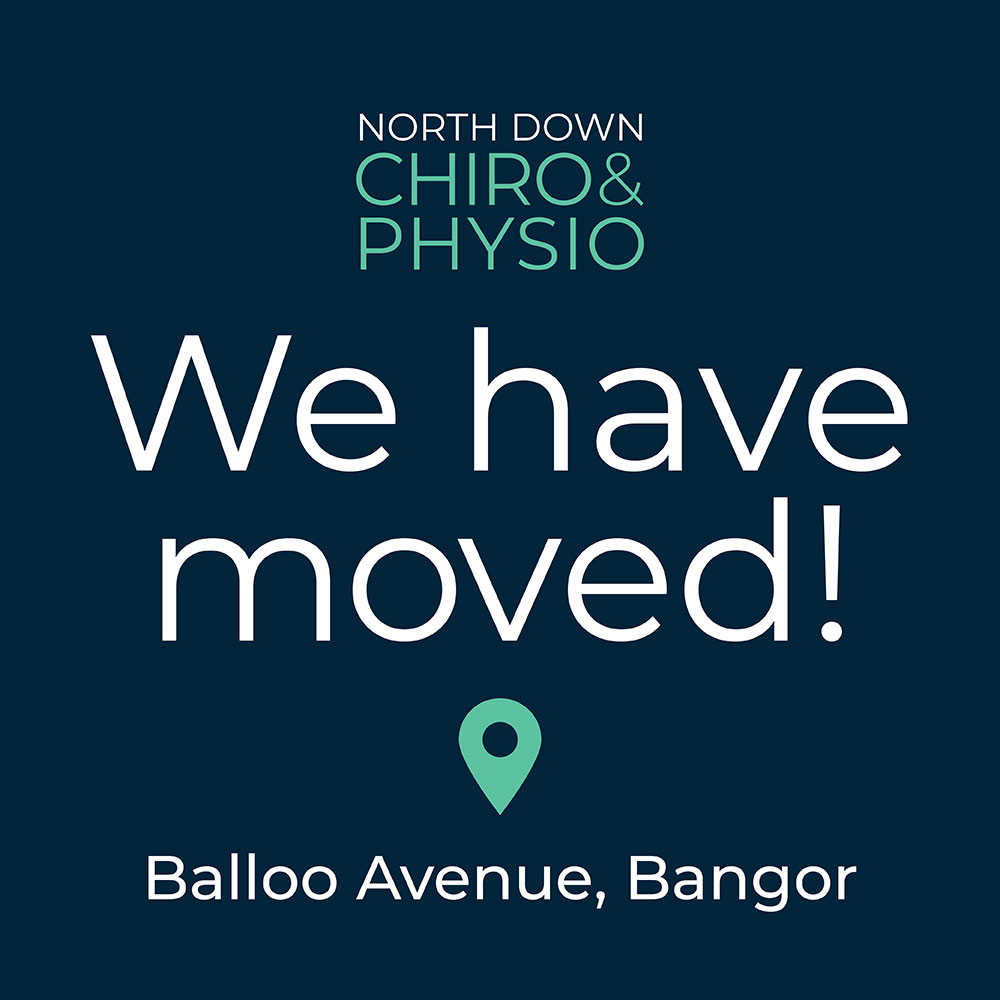
DID YOU KNOW?
We now sell transdermal magnesium !
Magnesium deficiency is thought to be a poorly defined wide spread problem, intensive farming and processed foods have added to this problem.
THE BETTERYOU MAGNESIUM IS:
- Essential for a healthy functioning body
- A pure source of magnesium chloride
- Free from pollutants and heavy metals
- Industry leading and award winning
The magnesium spray is trans-dermal which means it is sprayed directly onto the skin where magnesium is quickly absorbed into the highly porous epidermis, through to the blood vessels and muscles beneath, completely bypassing the digestive system where many nutrients are lost.
THERE ARE 4 DIFFERENT BLENDS OF THE SPRAY WE SUPPLY:
- Goodnight – It is common knowledge that poor sleep can have a dramatic effect on our health and wellbeing. What is less known is that even just a small drop in magnesium levels can affect a person’s quality of sleep.
- Joint – keeping our joints healthy is more important than ever. Supplementing with magnesium coupled with glucosamine can be hugely helped. This spray has combined both magnesium and glucosamine for rapid relief.
- Recovery – Whether you’re a beginner just starting out or a successful athlete, the benefits of magnesium supplementation can have a huge impact on your athletic performance
- Original – Magnesium is a vital component of a healthy body, it is involved in energy production and enables our millions of cells to function effectively, allowing them to detox and repair.
If you suffer from any of the symptoms in the picture chat to your chiropractor today!


INTRODUCING:
LOW LEVEL LASER THERAPY
- INCREASED HEALING RESPONSE
- INCREASED CIRCULATION
- DECREASED SWELLING
- DECREASED PAIN
We are proud to now offer a new adjunct therapy at our clinic. Simon Pullen (Chiropractor) is fully certified in KLASER. This novel drug free treatment has many uses and we are one of the few private clinics in Northern Ireland able to offer this. Low Level Laser has been around in Europe since 1970 however it is only recently that it has started to gather increased momentum
WHAT IS LOW LEVEL LASER THERAPY?
Low Level Laser therapy uses specific red and near ultra-infrared wavelengths of laser light to induce a therapeutic effect within the body. These specific frequencies of light correspond to certain cellular processes in the body, the light lends more energy to these processes and allows the cells to speed up their energy production thus giving the diverse aforementioned benefits.

HOW OFTEN DO I NEED TO BE TREATED AND HOW LONG DOES IT TAKE
This very much depends on the nature of the injury/condition. The more acute and severe the condition will require an increased number of treatments. Your chiropractor will discuss this with you. Treatments with the laser take 10minutes, and just like your chiropractic treatment, you may need to return a few times to receive the full benefits.
IS THERE ANY RESEARCH TO BACK THESE CLAIMS UP
Yes! there are thousands of published papers to corroborate these claims. If you would like to see some please email info@www.northdownchiro.co.uk.
DOES IT HURT? AND CAN I RECEIVE IT WITH OTHER FORMS OF CARE?
There is little or no sensation while being treated with the laser, there may occasionally be a mild soothing warmth or tingling. Your chiropractor will adequately discuss your plan of management with you, but most of the time laser is a helpful addition to the care you are already receiving.
SIMON PULLEN (CHIRO)

Our chiropractor Simon Pullen has undertaken extra training in the use of the Laser and all appointments are under his watchful eye.
Simon practices in the true, traditional manner of Chiropractic. He also uses additional techniques as appropriate that integrate well with Chiropractic, such as Activator and Dry-needling (acupuncture). He is also trained in the use of Laser therapy for musculo-skeletal conditions, which can be very beneficial when used in conjunction with Chiropractic.
Of particular importance to Simon is how we ‘do’ things in our everyday life:Ergonomics. How we sit, work, sleep etc. Simple analysis and advice can lead to dramatic changes in a person’s well being, and can minimise and prevent many types of bodily discomforts.
Simon has a straightforward, caring approach to caring for his patients and his favourite quotation of all time comes from Thomas A Edison:
“The doctor of the future will give no medication, but will interest his patients in the care of the human frame, diet and in the cause and prevention of disease. ~ ”

(Why we collect your personal data and what we do with it)
ICO REGISTRATION NUMBER: A8284374
Clinic patient privacy statement
North Down Chiropractic Clinic is a data controller and is aware of its obligations under the General Data Protection Regulation (GDPR). The Clinic is committed to protecting the privacy and security of your personal information. We want you to be absolutely confident that we are treating your personal data responsibly, and that we are doing everything we can to make sure that the only people who can access that data have a genuine need to do so. This privacy notice summarises how we collect and use personal data about you during and after your time as a patient of this clinic. It applies to current and former patients.
- We need to collect personal information about you and your health, in order to provide you with the best possible treatment. Your requesting treatment and our agreement to provide that care constitutes a contract. You can, of course, refuse to provide the information, but if you were to do that we would not be able to provide treatment.
- We have a “Legitimate Interest” in collecting this information, because without it we couldn’t do our job effectively and safely.
- We also think that it is important that we can contact you in order to confirm your appointments with us or to update you on matters related to your medical care. This again constitutes “Legitimate Interest”
- We have a legal obligation to retain your records for 8 years after your most recent appointment (or age 25, if this is longer), but after this period you can ask us to delete your records if you wish.
- Your paper file is stored in locked filing cabinets, the keys are locked in a safe, and the offices are always locked and alarmed outside working hours. Paper records are never removed from the Clinic premises.
- Your electronic file is stored “in the cloud” using encrypted practice management software. We have a contract with this provider which includes a written declaration that they are fully compliant with the General Data Protection Regulations. Access to this data is password protected. Treatment notes and medical histories are not recorded on your electronic file.
- SMS appointment reminders are set up for each patient, but patients can opt out of this service if they wish. We do not use SMS or email marketing communications.
- Occasionally we will need to contact you in writing or provide a medical or solicitor report on your behalf. Such letters are saved securely on to our office computers, which are password protected and the offices are always locked and alarmed out of working hours.
- We will never share your data with anyone who does not need access, without your written consent. Only the following people/agencies will have routine access to your data:
Your practitioner(s) in order that they can provide you with treatment. Self-employed Associates and Therapists have a signed contract with the Clinic which includes obligation to maintain confidentiality of information relating to clients.
Our clinic manager and reception staff who have signed contracts of employment including strict clauses re data confidentiality.
The practice management system that stores and processes our electronic records - You have the right to see what personal data of yours we hold, and you can also ask us to correct any factual errors.
- Provided the legal minimum period has elapsed, you can also ask us to erase your records.
- Should your personal data that we control be lost, stolen or otherwise breached, where this constitutes a high risk to your rights and freedoms, we will contact you to explain to you the nature of the breach and the steps we are taking to deal with it.
Making a complaint
You have the right to make a complaint at any time to the Information Commissioner’s Office (ICO) via their website: www.ico.org.uk Tel: 028 90278757
If you have any questions about this Privacy Notice or how we handle your information, please contact Luke Neal, North Down Chiropractic Clinic, 43 Gray’s Hill, Bangor, BT20 3BB. Telephone number 028 91 859990. Email: info@www.northdownchiro.co.uk
PLEASE SPEAK WITH OUR RECEPTIONIST IF YOU DO NOT CONSENT TO RECEIVING SMS OR EMAIL APPOINTMENT REMINDERS / IMPORTANT CLINIC UPDATES. WE WILL MAKE SURE YOUR RECORD IS UPDATED TO REFLECT YOUR CONSENT AND PLEASE BE AWARE THAT YOU CAN OPT OUT OF THIS SERVICE AT ANY TIME. WE WILL NOT SEND YOU MARKETING COMMUNICATIONS.

So you may have all heard this story in the news …..
“Skinny jeans/large hoods/long sleeves/heels and asymmetric hems are bad for your back”
Link to article here
Although it is possible that some of the items of clothing may have an effect on your pain it seems counterintuitive to proclaim that we should all avoid these items.
As health care professionals we should be encouraging our patients (you guys) to get out and get moving, we shouldn’t be scaring people by making blanket statements, especially about something trivial and only one small causality in the multifactorial nature of pain.
Our backs are INCREDIBLY resistant structures that are innately strong, we may have pain (85% of us will experience back pain) but the way we respond to our pain will shape our recovery. Blaming your fashion sense, although a nice simple cause-effect link, is more likely to instil feelings of fragility in people, instead we should address the cause of the pain, followed by progressive strengthening.
Only a small percentage of “hood wearing/skinny jean toting, long sleeve” people have pain, thus these fashion items are likely not casuistic!!
Every thing in moderation guys!

The British Chiropractic Association has produced a helpful and informative leaflet called “straighten up UK” for posture there are components aimed at both children and adults.
In our current society we are spending longer periods of time at electronic devises (like the one I’m writing this article from) and spending less time outdoors, this is particularly noticeable for children. There have been a number of negative effects found with children spending long periods of time at a screen, including
“In 2015 Cambridge University researchers recorded the activities of more than 800 14-year-olds and analysed their GCSE results at 16. Those spending an extra hour a day on screens (TV, computer, games console, phone) saw a fall in GCSE results equivalent to two grades overall.
On average, the 14-year-olds said they spent four hours of their leisure time each day watching TV or in front of a computer.
An additional hour of screen-time each day was associated with 9.3 fewer GCSE points at 16 – the equivalent of dropping a grade in two subjects. Two extra hours of screen-time was associated with 18 fewer points – or dropping a grade in four subjects. Even if pupils spent more time studying, more time spent watching TV or online, still harmed their results, the analysis suggested.”
So what is it suggested we do? the American Academy of Paediatrics has updated and released their stance on “screen time” i have included the link to the article here so please feel free to click and read through this article. It seems their stance has become more liberal with screen time, in order to keep up with the times.
In a review of the available evidence one author found a positive association between screen time and mental health issues, which is further supported by a Australian study which found a positive link between poor posture, increased BMI and depression.
So, never mind simply neck and back pain, we owe it to ourselves to straighten up, as well as our children.
Here is the straighten up UK leaflet from the BCA

Walking is one of the most simple movement based tasks that binds nearly all of us together. It is a major developmental mile stone as a child, and something that we subconsciously do everyday, for the rest of our lives. Often, though, walking is overlooked by therapists in turn of specific exercises, gym memberships or class based activity.
So what are the benefits of walking in comparison to some of these other exercise types, and how can walking best be used to optimise health and activity in different stages of life.
Benefits of walking

As we can see from this infographic walking has many varied positives.
More walking, less hospital
This next paragraph will condense a great article found here.
There was a large population study done in australia in 2005 which looked the data from people aged 55-80 across 10 years. The study aimed to establish the causation between hospital stays and physical activity (walking). The study found
“The inactive people (taking 4,500 steps per day) averaged 0.97 days of hospital care per year. The more active people (taking 8,800 steps per day) needed only 0.68 days of care per year.”
Thats a huge finding, although the numbers 0.97 and 0.68 seem rather abstract to most of us it equates to a huge 30% less hospital stays, which equates to 975,000 beds per year which works out to a whopping 1.7 billion.
So get up and get active, it’ll maybe even reduce your hospital visits!

